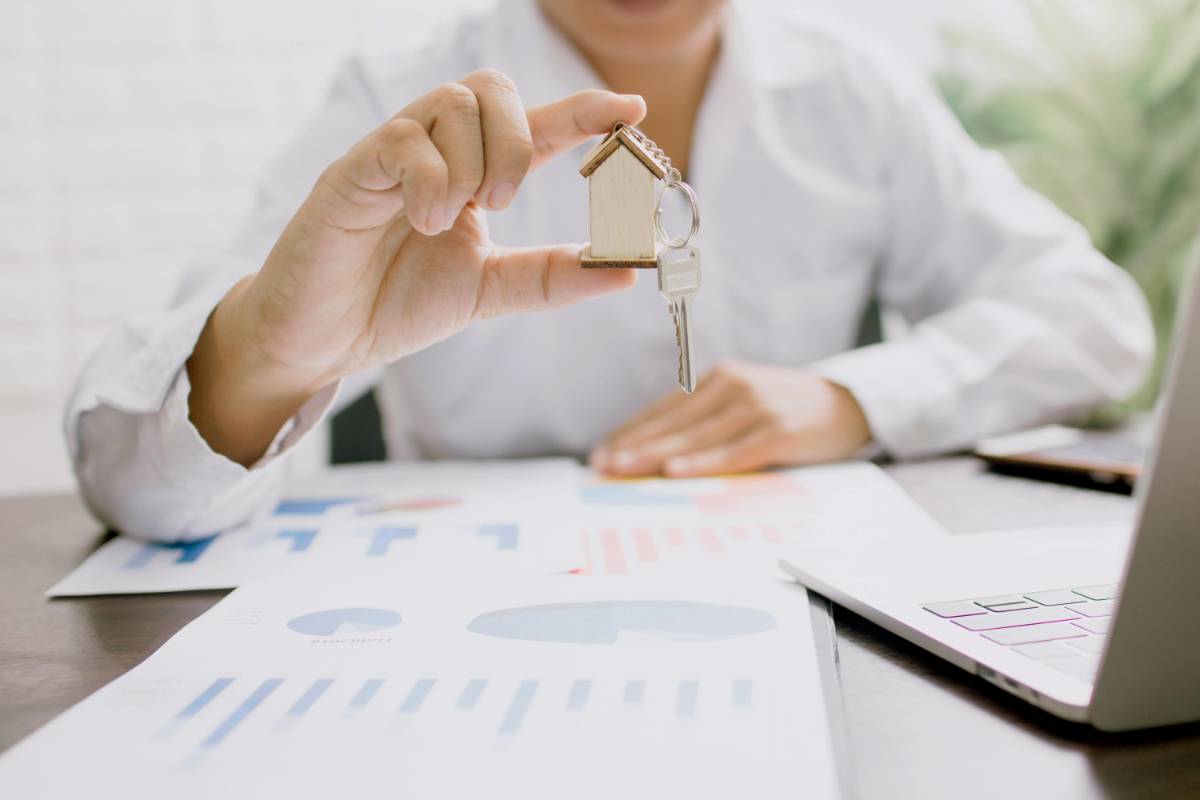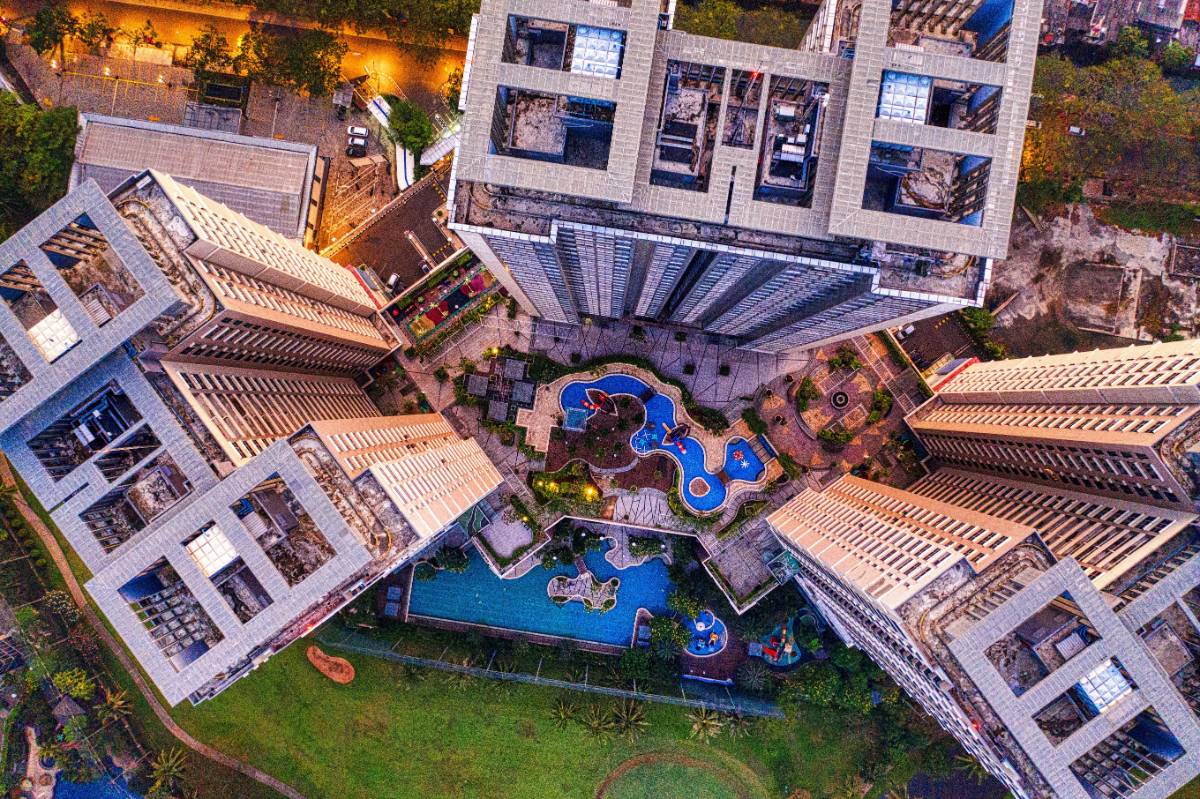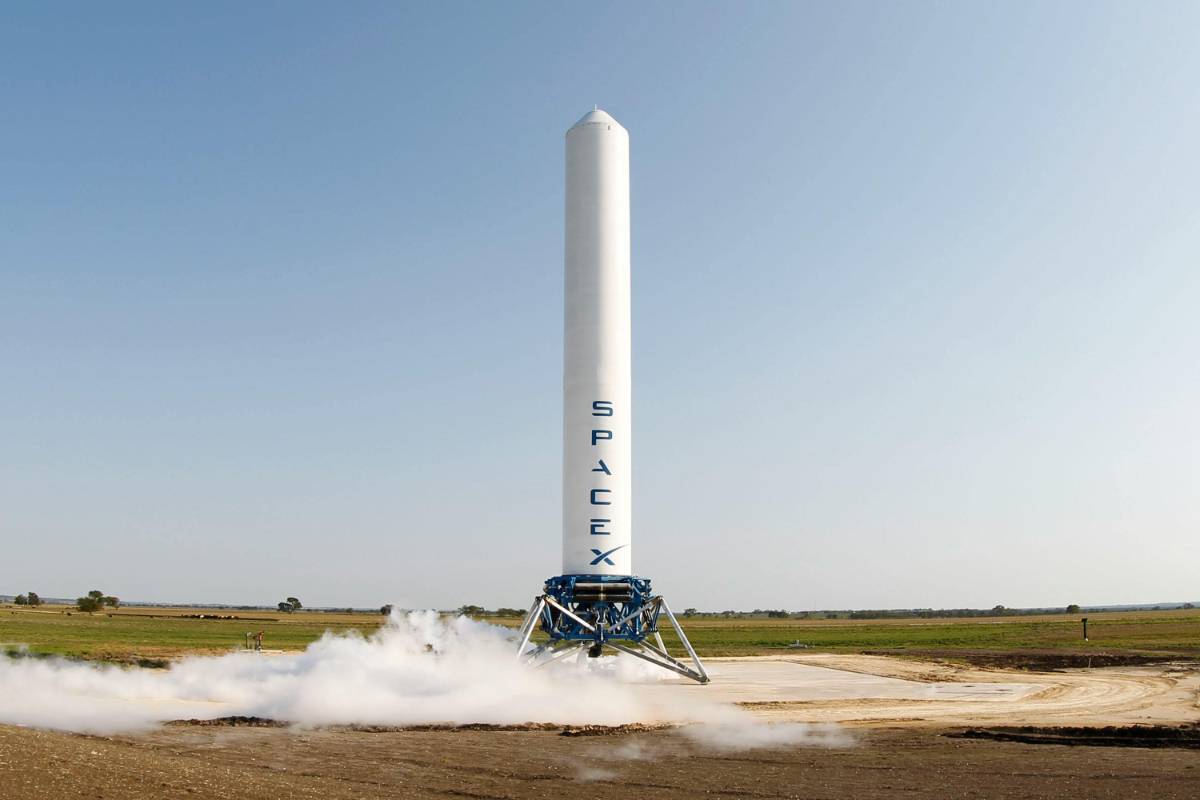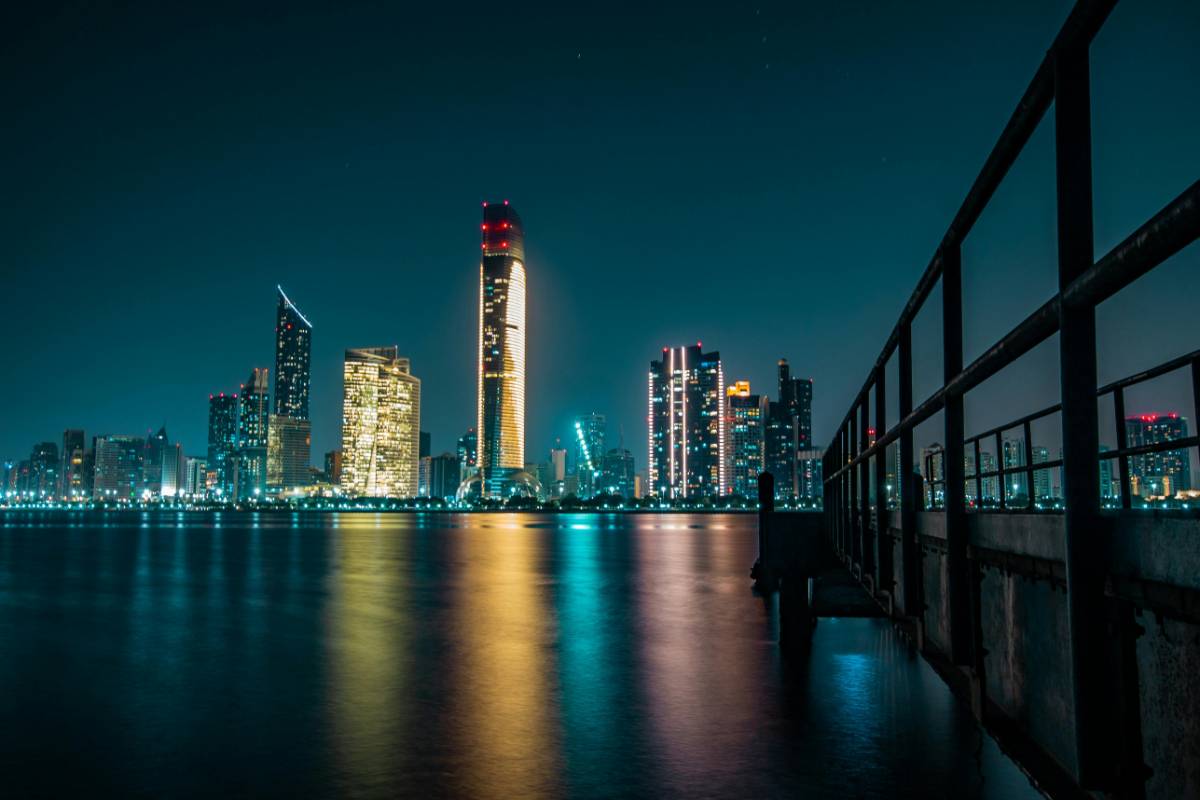

In recent years, there has been a growing shift towards mixed-use real estate developments, combining residential, commercial, and recreational spaces into one cohesive environment. These developments offer a dynamic alternative to traditional single-use properties and are gaining popularity for their convenience, sustainability, and ability to create vibrant communities. In this article, we explore the reasons behind the rise of mixed-use developments and the benefits they offer.

Mixed-use developments combine multiple types of spaces into one property or development project. Typically, these projects feature a combination of residential, office, retail, and recreational spaces all within the same vicinity, promoting a sense of community and convenience for residents and visitors alike.
Urban Living: These developments are often located in city centers, where land is limited, but demand for space is high.
Walkable Communities: With everything in one place, residents can walk to work, shop, or enjoy leisure activities without needing to drive.
Sustainable Design: Many mixed-use developments incorporate green spaces, energy-efficient building practices, and sustainable urban planning to reduce the environmental impact.
Several factors are contributing to the growth of mixed-use real estate developments. As cities become more densely populated, the demand for efficient, sustainable living solutions has increased. Mixed-use projects offer a solution that promotes both economic and social benefits.
Urbanization: As more people move into cities, mixed-use developments can address the increasing need for housing, office space, and amenities in densely populated areas.
Convenience: The convenience of living, working, and shopping in the same location appeals to modern consumers who value time and flexibility.
Lifestyle Choices: These developments cater to the changing lifestyles of younger generations, who prioritize experiences over traditional forms of consumption.
There are several key advantages to mixed-use real estate, both for developers and residents. Here are some of the top benefits:
Increased Property Value: Mixed-use developments are often seen as more desirable due to their convenience and unique offerings, leading to higher property values.
Reduced Commute Times: By incorporating residential and commercial spaces in close proximity, these developments help reduce the need for long commutes, offering a more sustainable way of living.
Enhanced Community Engagement: The inclusion of community spaces such as parks, cafes, and public areas promotes social interaction and creates a more vibrant, engaged community.
Mixed Demographics: With a variety of spaces catering to different lifestyles, mixed-use developments attract a diverse population, helping create a balanced and dynamic community.

While mixed-use real estate developments offer several benefits, they also come with unique challenges. These challenges must be addressed to ensure the success of the project.
Design Complexity: The integration of various types of spaces (residential, commercial, recreational) into one development requires careful planning and design, making these projects more complex than single-use developments.
Regulatory Hurdles: Mixed-use developments often face zoning and regulatory challenges that may require changes to local laws or ordinances before they can proceed.
High Initial Costs: The upfront costs for mixed-use developments can be significantly higher than traditional developments due to the complexity of the design and construction.
Many cities around the world have embraced mixed-use developments as part of their urban planning strategy. These projects have proven to be successful in fostering sustainable growth and vibrant communities.
Hudson Yards, New York: One of the largest mixed-use developments in the U.S., Hudson Yards offers luxury residences, office spaces, and retail establishments, all integrated into a single, highly accessible location.
King's Cross, London: This iconic mixed-use project combines office space, residential units, cultural institutions, and public areas, revitalizing a previously underutilized area of the city.
The Wharf, Washington D.C.: With a blend of office space, apartments, and shops, The Wharf offers a waterfront lifestyle with modern amenities in an urban setting.
The future of mixed-use real estate is promising, with more developers recognizing the demand for integrated communities that offer a balance of work, life, and play. As cities continue to grow and evolve, the trend towards mixed-use developments is expected to expand, with a focus on sustainable, walkable communities that reduce environmental impact.
Innovation in design, technology, and urban planning will continue to shape the development of mixed-use spaces, and the role of these developments in urban life will become even more important in the coming years.
Mixed-use developments represent the future of urban real estate, offering a balanced and sustainable approach to city living. These projects promote convenience, reduce environmental impact, and foster stronger community engagement. However, they also present challenges in terms of design, regulation, and cost. As demand for such developments increases, we can expect more cities to embrace mixed-use real estate as a key solution for urban growth and revitalization.











